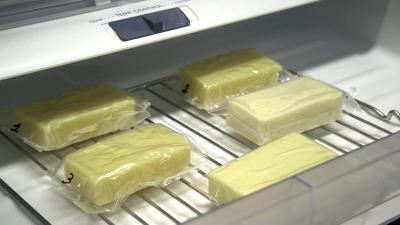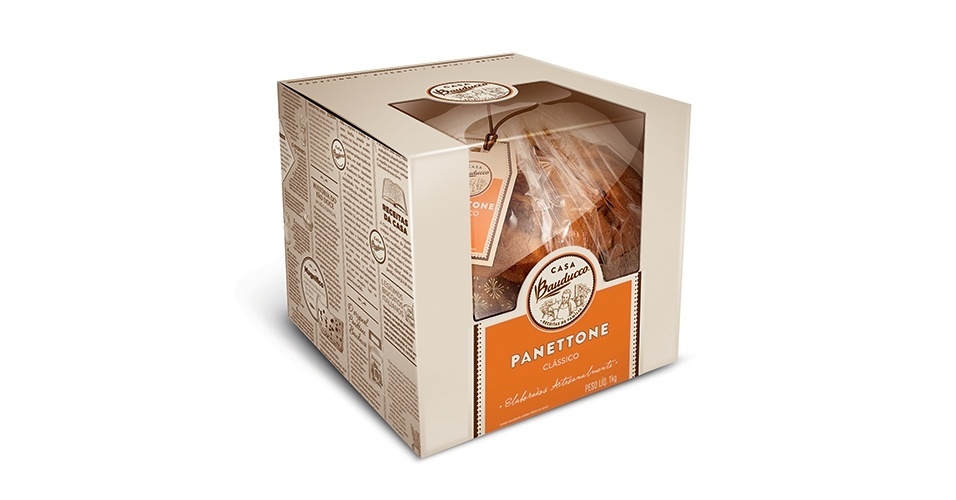In Eat Innovation we love talking about plastics made from food waste. Even we talked about this here, but we never get tired of sustainable innovations such as the plastic milk.
“A milk plastic 500 times better than the conventional in keep the food protected from contact with oxygen”. These are the results presented by researchers from the United States Department of Agriculture who developed a plastic wrap made from casein of milk, totally biodegradable and even edible.

Most of the attempts to create a plastic with these characteristics are made with starch. The problem with starch is that it generates more porous end products for which there is passage of oxygen and accelerating the degradation of food. The plastic milk solves this problem and its appearance is similar to that of the normal plastic, but a little less flexible. To improve its texture and resistance, they are testing a formulation with pectin from citrus fruits.
The applications are diverse, from using it as plastic wrap (like the ones we use at home), cheese packaging, pizza boxes and even dispersed in cereals to keep them crispy for longer. It is currently used a layer of sugar to keep these foods crispy and the casein film could perform this function.
I believe that the implementation in bread is also promising, because these are the most wasted foods around the world and they turn rubbery very soon.
It is worth remembering that for this bioplastic to be ingested, it must be used only in primary food packaging. In addition, it is necessary to have a secondary packaging made of cardboard or even conventional plastic on the product (as in the image below) to prevent dirt and moisture. Moreover, milk is an allergen, so it should only be used in products that already contain milk and derivatives to prevent people with this dietary restriction from having accidental contact.
 Scientists believe that in the future it will be possible to add flavors, vitamins, probiotics and nutraceuticals to the formulas so that the products will be more attractive and nutritious. At the moment the team of researchers is creating prototypes for a company in Texas/USA, but there are other companies interested too. They estimate that in 3 years the plastic milk will be available in a supermarket near us.
Scientists believe that in the future it will be possible to add flavors, vitamins, probiotics and nutraceuticals to the formulas so that the products will be more attractive and nutritious. At the moment the team of researchers is creating prototypes for a company in Texas/USA, but there are other companies interested too. They estimate that in 3 years the plastic milk will be available in a supermarket near us.
References: Digital Trends, EurekAlert, Science Daily



COMMENTS